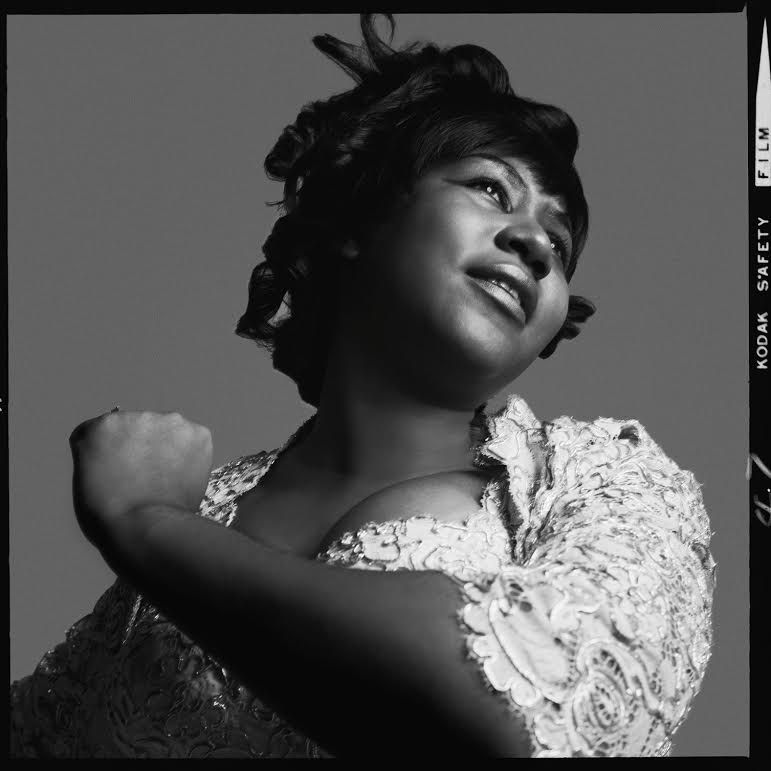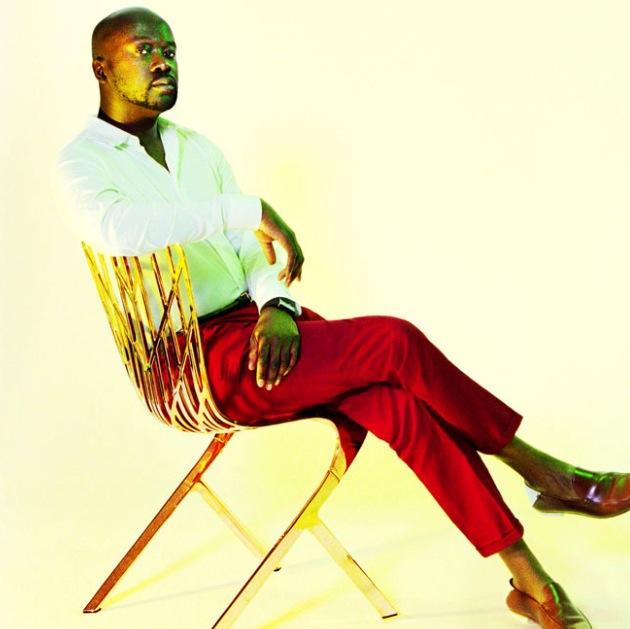
As usual, the New Yorker’s anniversary issue (cover art by John W. Tomac) is stuffed with extra-good material:
- Rebecca Mead on Lady Glenconner, intimate friend of the late Queen Elizabeth and author of a cheeky memoir called Lady in Waiting;
- Leslie Jamison’s “Why Everybody Feels Like They’re Faking It,” on how the experience of “impostor phenomenon” — first studied by Pauline Clance and Suzanne Imes at Oberlin College — got pathologized as “impostor syndrome”;
- Lawrence Wright’s long, excellent reported essay on “The Astonishing Transformation of Austin,” which shines a spotlight on several inspiring individuals fighting the good fight in Texas (such as Alan Graham, a former real-estate developer whose Community First! Village has built micro-homes for Austin’s burgeoning unhoused population); and
- David Remnick’s up-close-and-personal profile of Salman Rushdie.
The issue gets off with a bang: the ever-straight-shooting Washington correspondent Amy Davidson Sorkin’s commentary “The New G.O.P. Takes the Country Hostage with the Debt Ceiling.” We’ve been reading a lot on this subject, but rarely with as succinct and astute a paragraph as this:
What’s remarkable, given that the Republicans are basically brainstorming a ransom letter, is how often they insert notes of fiscal sanctimony. “The debt ceiling is literally the nation’s credit card—it’s got a maximum,” Representative Steve Scalise said. It is literally not the nation’s credit card. When a card is maxed out, you can’t keep ordering goods and services, but Congress can, and does. The Treasury is not exceeding the debt limit because it has gone on a rogue shopping spree; it is trying to cover the spending that Congress has already approved. A better analogy would be someone who, faced with financial commitments—utilities, rent, child support—simply decides not to pay.
- David Remnick’s up-close-and-personal profile of Salman Rushdie.








